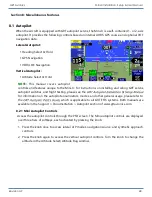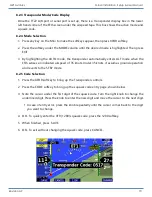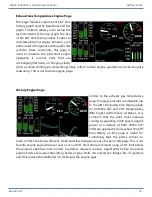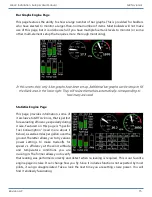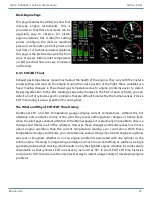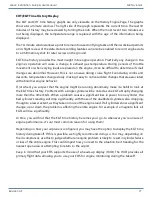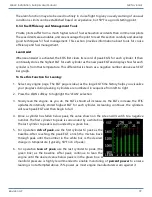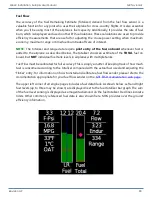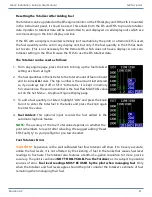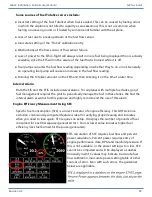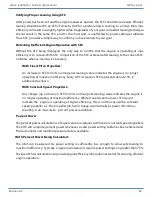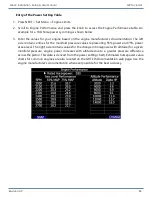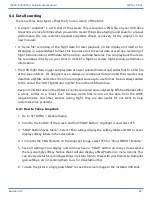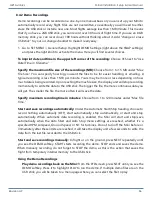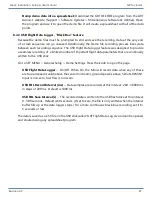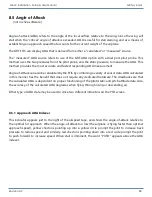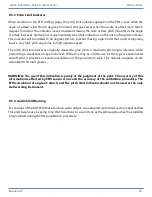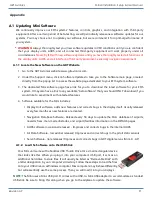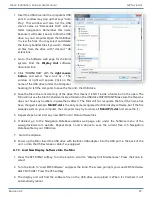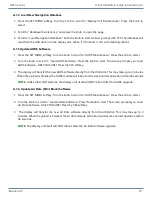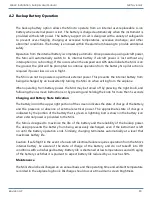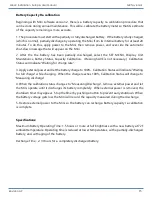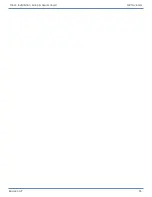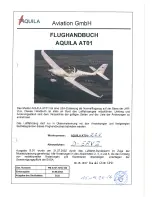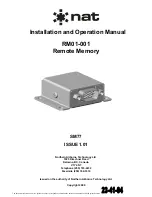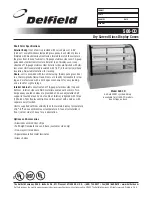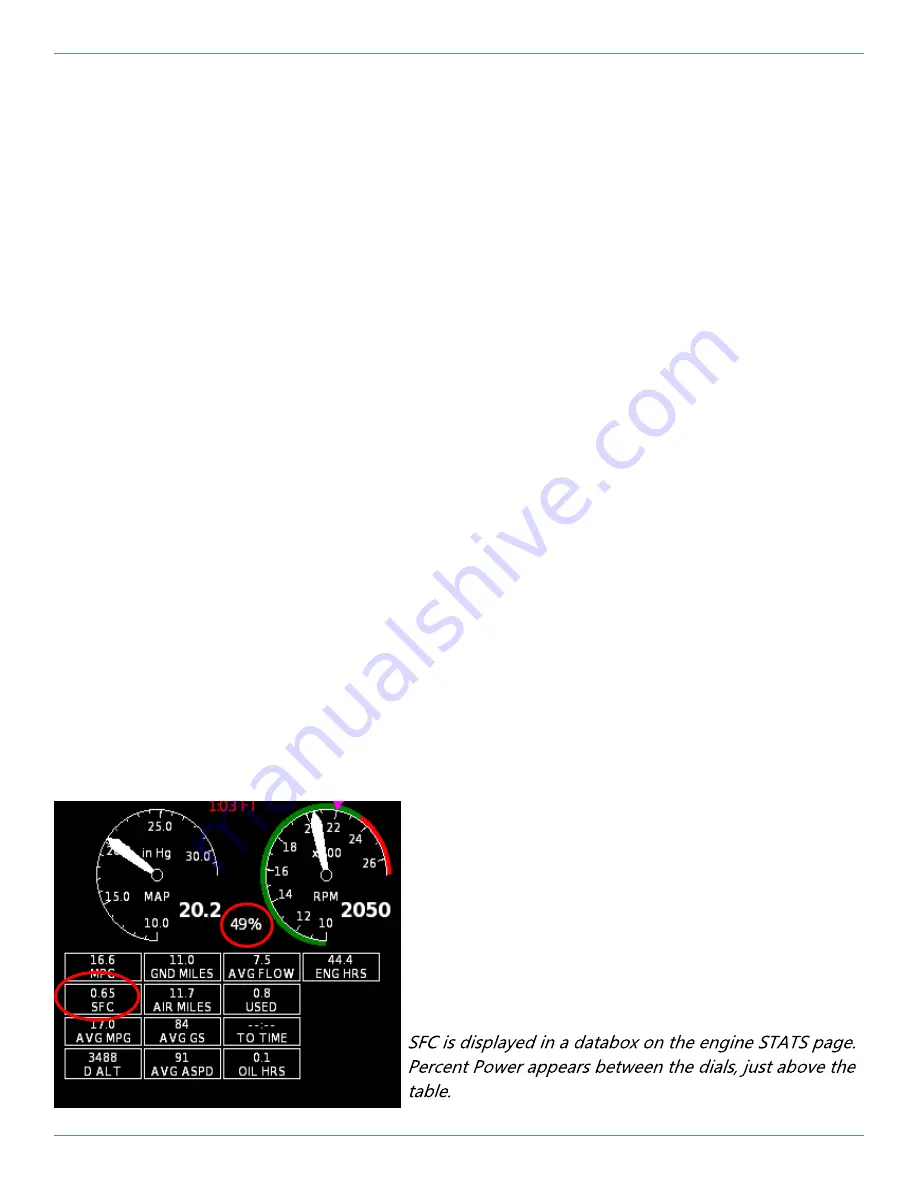
Mini-X Installation, Setup & User Manual GRT Avionics
Revision A9 82
Some sources of Fuel Totalizer errors include:
●
Incorrect setting of the Fuel Totalizer when fuel is added. This can be caused by fueling errors
in which the airplane is not filled to capacity as was assumed. This is not uncommon when
fueling on uneven ground or if fueled by someone not familiar with the airplane.
●
Loss of fuel due to a leak upstream of the fuel flow sensor.
●
Inaccurate setting of the “FloCal” calibration entry.
●
Obstructions at the flow sensor or flow sensor failure.
●
Loss of power to the EIS in-flight will always result in more fuel being displayed than is actually
available, since the EIS will not be aware of the fuel that is burned while it is off.
●
Fuel pumps can alter the fuel flow reading depending on whether they’re on or not. Generally,
an operating fuel pump will cause an increase in the fuel flow reading.
●
Entering the Totalizer amount on the EFIS and then entering it on the EIS at a later time.
Interval Alarm
Both the EIS and the EFIS include interval alarms. For airplanes with multiple fuel tanks, good
fuel management requires the pilot to periodically manage the fuel in these tanks. We find the
interval alarm essential for this purpose and highly recommend the use of this alarm.
Engine Efficiency Measurement Using SFC
Specific Fuel Consumption (SFC) is a direct indicator of engine efficiency. This GRT Avionics-
exclusive, continuously computed feature is ideal for verifying proper leaning and indicates
when you need to lean again. SFC requires no setup. It displays the number of pounds of fuel
consumed for each horsepower generated for 1 hour. A lower value indicates higher fuel
efficiency (less fuel burned for the power generated).
EFIS calculation of SFC requires fuel flow and percent
power calculation. Percent power requires entry of
engine performance data, RPM and manifold pressure. If
this is not available, or the power setting is too low, SFC
cannot be computed and will be displayed as dashes.
Unusually low SFC values may indicate inaccurate fuel
flow calibration, inaccurate power setting table or other
sources of error. Even with such errors, the guidelines
below are applicable.

